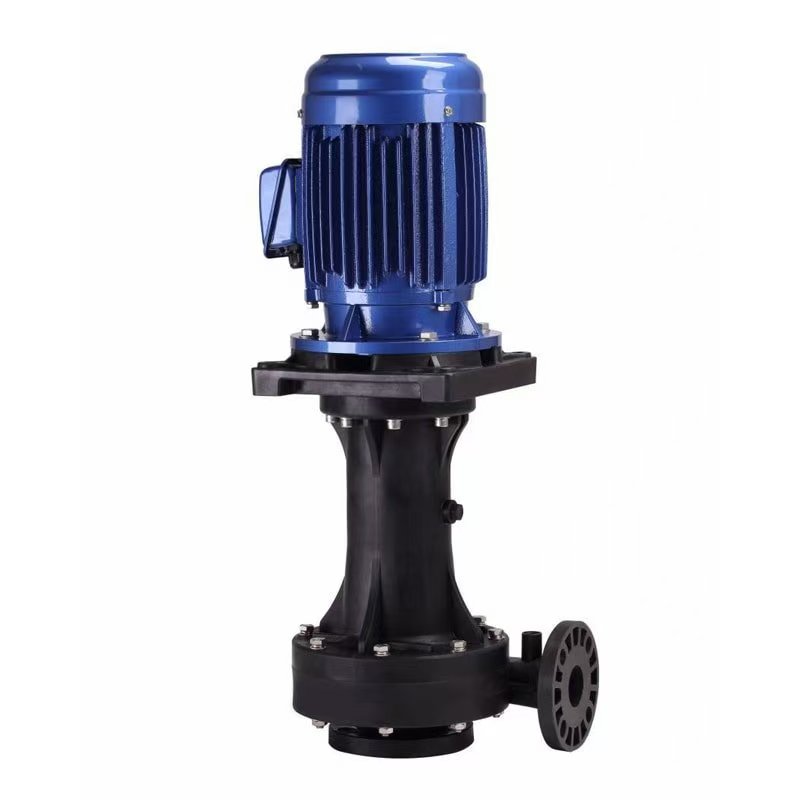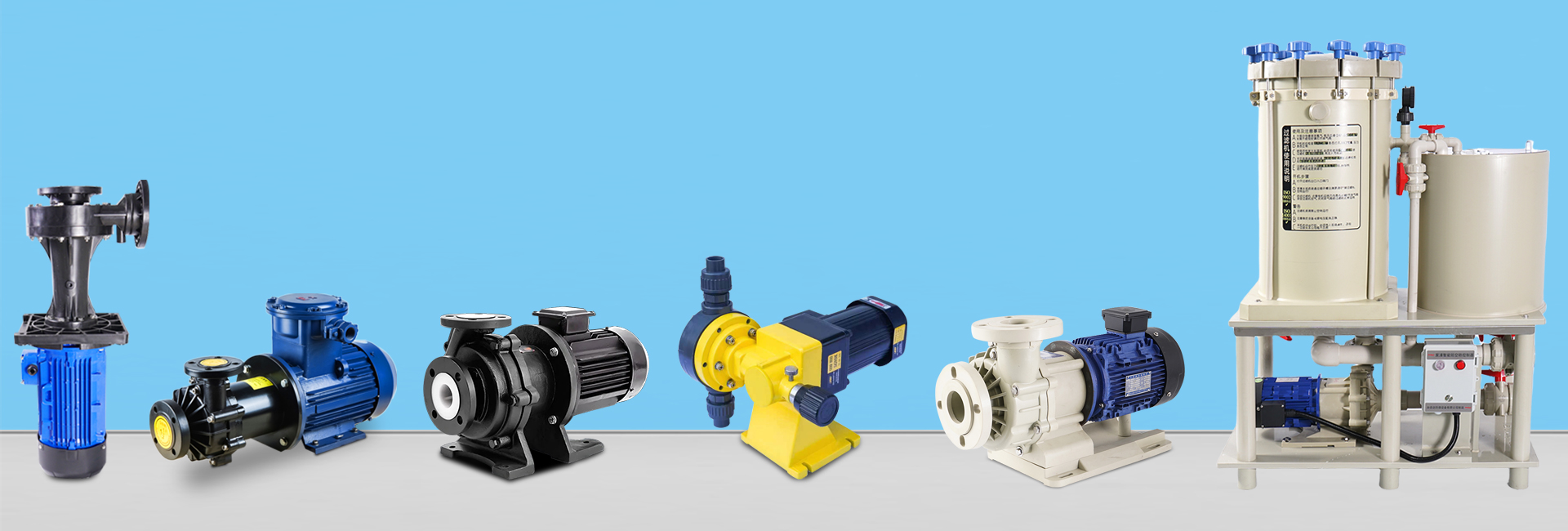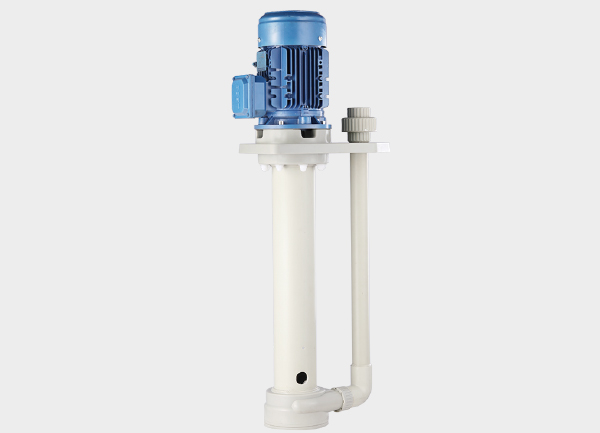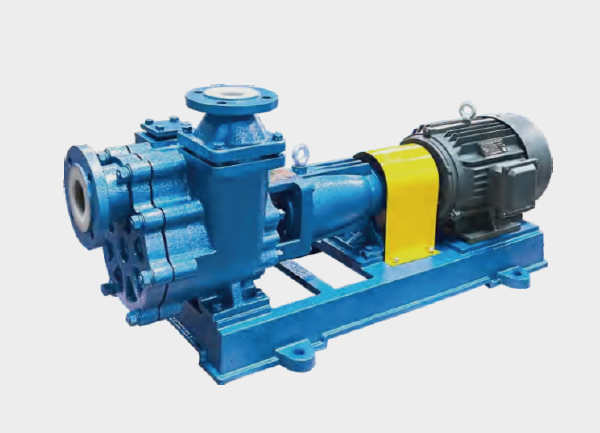Noise issues in vertical pumps are quite common in industrial applications. These noises usually come from mechanical vibration, installation errors, or hydraulic conditions. Understanding the root causes and applying the right solutions can effectively reduce noise and improve pump performance.

1. Common Sources of Noise in Vertical Pumps
Mechanical Vibration – Caused by misalignment between the pump and motor, weak foundation, or improper coupling installation.
Hydraulic Noise – Generated by excessive flow rate or cavitation within the pump.
Motor Noise – Results from worn bearings, unbalanced rotors, or electrical issues.
Resonance Noise – Occurs when the pump or connected piping resonates at certain frequencies.
2. Effective Solutions to Reduce Pump Noise
1. Ensure Proper Alignment
Check the coupling alignment carefully. The concentricity error should be less than 0.1 mm.
Inspect the bearings regularly and replace them if worn out.
2. Reinforce the Foundation and Use Vibration Isolators
Install rubber pads or spring isolators under the pump to absorb vibration.
Ensure the pump base is firm and level to avoid resonance.
3. Optimize the Piping Design
Avoid sharp bends or sudden diameter changes in the pipeline.
Install a silencer or air chamber at the pump outlet to reduce flow noise.
4. Prevent Cavitation
Increase inlet pressure or reduce suction lift to ensure adequate liquid supply.
Choose the right impeller type and inlet size to minimize bubble formation.
5. Maintain the Motor Properly
Lubricate motor bearings regularly to prevent friction noise.
Repair or replace unbalanced rotors or damaged windings promptly.
6. Strengthen Pipe Supports and Use Soundproofing Materials
Secure all pipelines to prevent vibration and resonance.
Use sound insulation covers or acoustic foam to minimize transmitted noise.
3. Preventive Maintenance Tips
Choose a low-noise vertical pump with optimized impeller design and balanced components.
Avoid long-term dry running or frequent starts and stops.
Conduct regular inspections of bearings, couplings, and impellers for wear and damage.
Conclusion
By identifying the exact source of noise and implementing the above solutions, you can significantly reduce noise levels in vertical pumps, extend equipment lifespan, and improve working conditions. Regular maintenance and proper installation are key to ensuring stable and quiet pump operation.







